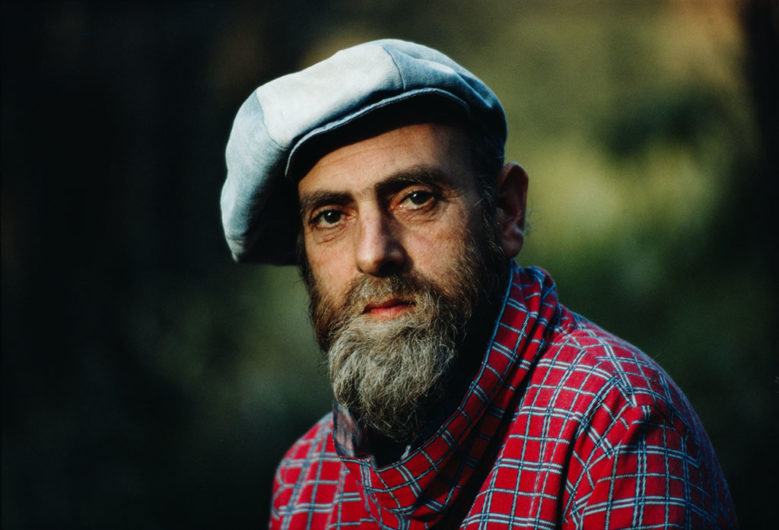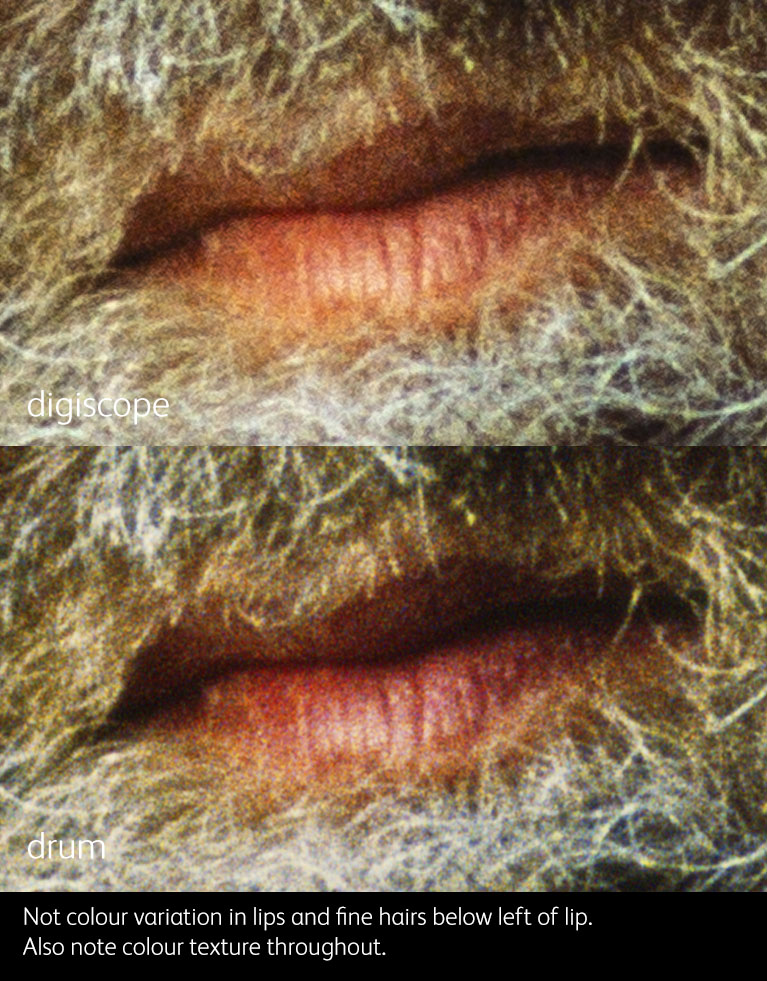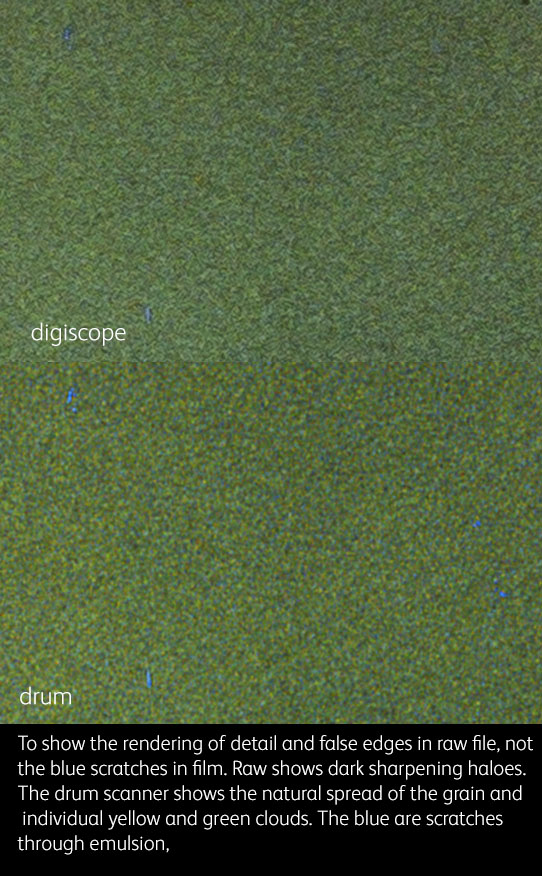“We were comparing the results of drum scans with digital camera reproductions of 35mm film using a high quality macro lens and the highest resolution cameras available. The drum scans were not only at least as sharp as the digital camera results but, more importantly, were substantially better in terms of tonality and colour accuracy. This was particularly noticeable in fine detail texture and darker tones. Hence we decided to use Professional Drum Scanning for our project and have no hesitation in recommending them to other potential customers.” – Gerd Ludwig
Gerd Ludwig sent us a range of 35mm transparencies to scan with a challenge to match a high resolution digiscope scan (a term used to describe a digital microscope assembly consisting of a high quality macro lens and digital camera). We made a range of comparisons and Gerd was happy enough with the results to send the full project to us to scan. Although the digital scans were excellent in terms of detail, there were a range of artefacts that we noticed and also a smoothing of fine colour texture and general lack of colour gradation (possibly by missing some of he fine dye clouds within the film). Gerd was kind enough to let us include one of the side by side comparisons on our website.
For the technical among you. We think that the fact that the digital camera cannot consistently detect the fine blue dye clouds, for instance in the lips of the portrait above, means that the colour will be recorded incorrectly and/or inconsistently. A digital camera can only detect correct colour patches for blue or red pixels where the smallest colour detail covers four pixels on the sensor. This is an effect we discovered when looking at digital camera sensors when compared with film results. You can read more about this on an article, titled “where have the berries gone” in our magazine “On Landscape“.




